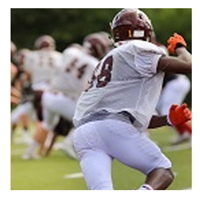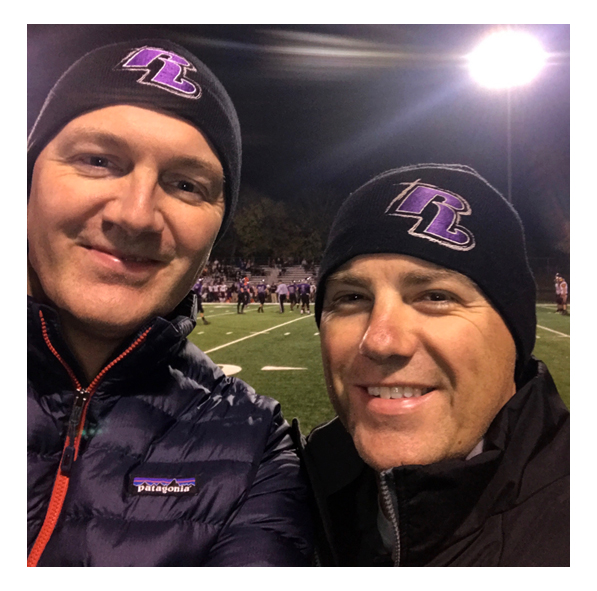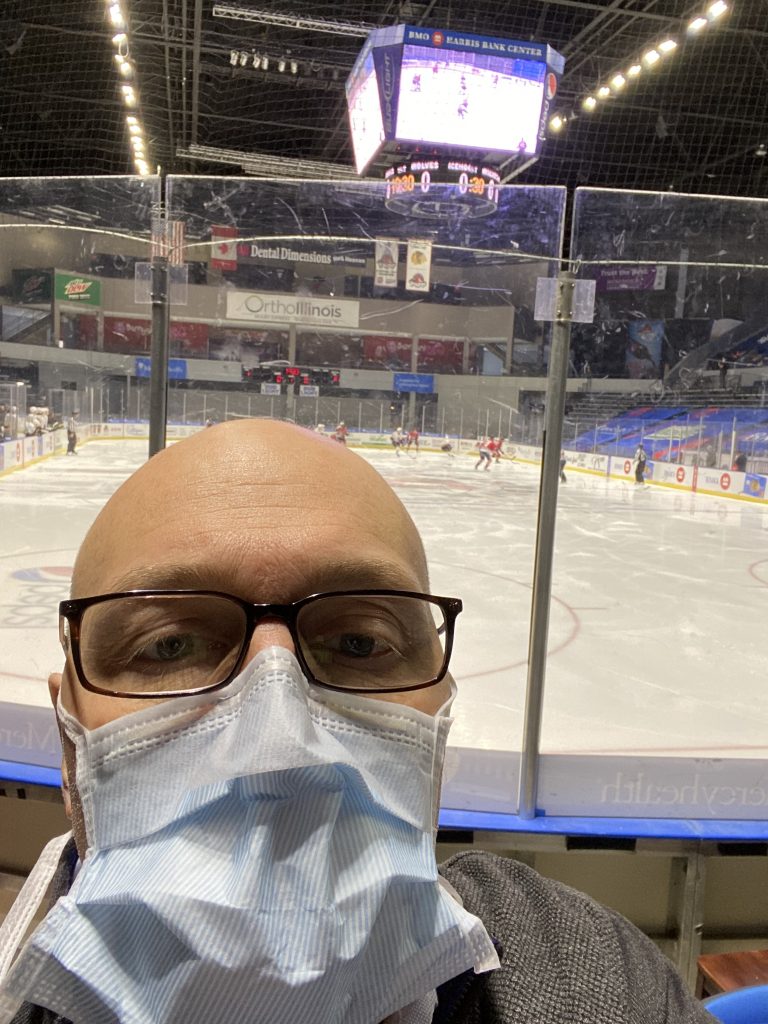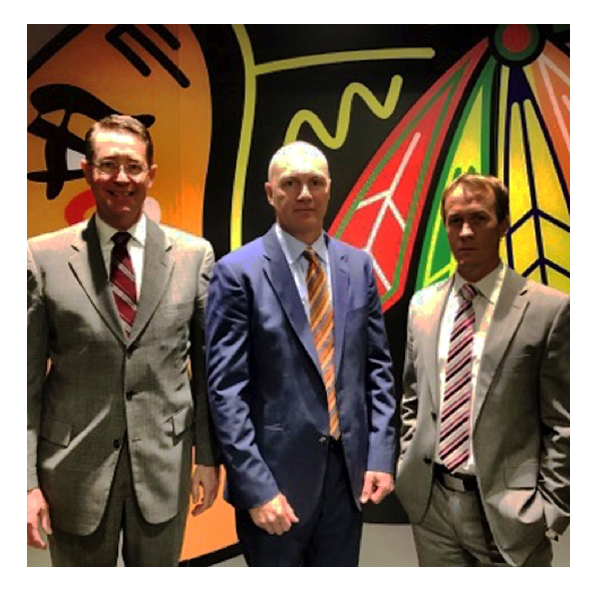Friday Night Lights
[fusion_builder_container hundred_percent=”no” hundred_percent_height=”no” hundred_percent_height_scroll=”no” hundred_percent_height_center_content=”yes” equal_height_columns=”no” menu_anchor=”” hide_on_mobile=”small-visibility,medium-visibility,large-visibility” status=”published” publish_date=”” class=”” id=”” background_color=”” background_image=”” background_position=”center center” background_repeat=”no-repeat” fade=”no” background_parallax=”none” enable_mobile=”no” parallax_speed=”0.3″ video_mp4=”” video_webm=”” video_ogv=”” video_url=”” video_aspect_ratio=”16:9″ video_loop=”yes” video_mute=”yes” video_preview_image=”” border_size=”” border_color=”” border_style=”solid” margin_top=”” margin_bottom=”” padding_top=”” padding_right=”” padding_bottom=”” padding_left=””][fusion_builder_row][fusion_builder_column type=”1_1″ layout=”1_1″ spacing=”” center_content=”no” link=”” target=”_self” min_height=”” hide_on_mobile=”small-visibility,medium-visibility,large-visibility” class=”” id=”” background_color=”” background_image=”” background_image_id=”” background_position=”left top” background_repeat=”no-repeat” hover_type=”none” border_size=”0″ border_color=”” border_style=”solid” border_position=”all” padding_top=”” padding_right=”” padding_bottom=”” padding_left=”” margin_top=”” margin_bottom=”” animation_type=”” animation_direction=”left” animation_speed=”0.3″ animation_offset=”” last=”no”][fusion_text columns=”” column_min_width=”” column_spacing=”” rule_style=”default” rule_size=”” rule_color=”” hide_on_mobile=”small-visibility,medium-visibility,large-visibility” class=”” id=””]
It’s that time of year again! Kids are headed back to school and fall sports like football and soccer are underway. As a team doc for several area high school football teams, Dr. Trenhaile is very familiar with injuries suffered on the field.
One of the most common concerns parents of young athletes express is that of concussion or brain injury caused by a bump or blow to the head or body violent enough to cause the brain to move within the skull. Researchers from University of Washington and University of Colorado found that between 1.1-1.9 million children suffer sport-related concussions each year, many of which go undiagnosed and untreated. “Concussions happen, and are no joke” Dr. Trenhaile explains. When a young athlete suffers a concussion, his or her brain is more sensitive to further injury. Sustaining additional damage to a brain which is already recovering from concussion can cause catastrophic and permanent brain impairment. “It’s imperative that coaches, parents and athletes understand the symptoms so that a concussion can be recognized, diagnosed and treated as soon as possible,” says Dr. Trenhaile.
Symptoms of Concussion are generally grouped into four categories:, physical, cognitive, emotional, and sleep related, but do not always present themselves immediately. In fact, concussion symptoms can emerge hours or even days after the injury is sustained. “It’s not okay to play with a headache anymore,” says Dr. Trenhaile. “If an athlete is experiencing a headache, blurry vision, nausea, vomiting, or problems with balance after a blow, they need to be assessed by a trained professional.” In addition to physical symptoms, someone suffering a concussion may experience difficulty thinking clearly, concentrating, or remembering new information. Changes in your child’s sleep patterns can also be an indicator of concussion. Sleeping more or less than usual, as well as having trouble falling asleep can be signs of sport-related injury. Finally, parents and coaches must pay attention to a young athlete’s emotional state. If an athlete experiences increased sadness, irritability or nervousness, he or she should be assessed for concussion. “An athlete does not have to lose consciousness to sustain a concussion,” explains Dr. Trenhaile ”symptoms can show up days after contact, that’s why it’s so important that everyone involved is aware of the signs.”
Most athletes recover from concussions in a matter of weeks. While there is no single cure, most concussion treatment plans will usually include rest and restriction of cognitive activities for some period of time. Once symptoms subside, these athletes can return to gradual controlled physical activity and further monitoring for concussion symptoms. “Once a concussion is diagnosed, it can be dealt with fairly simply,” says Dr. Trenhaile, “but this type of injury can lead to irreversible damage if ignored. It’s infinitely better to rest than to risk further trauma.”
[/fusion_text][/fusion_builder_column][/fusion_builder_row][/fusion_builder_container]







